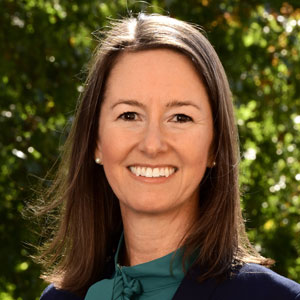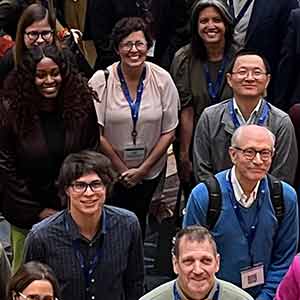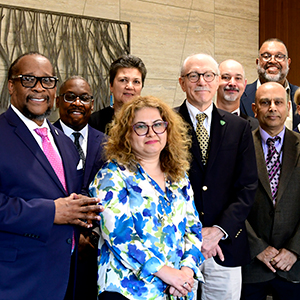At the beginning of the pandemic, many people thought that COVID-19 would be a so-called great equalizer. Because no one was immune to the new coronavirus, everyone could be affected, regardless of race, wealth, or geography. Instead, the pandemic proved to be the great exacerbator, hitting marginalized communities the hardest, according to Marccus Hendricks, Ph.D., from the University of Maryland.
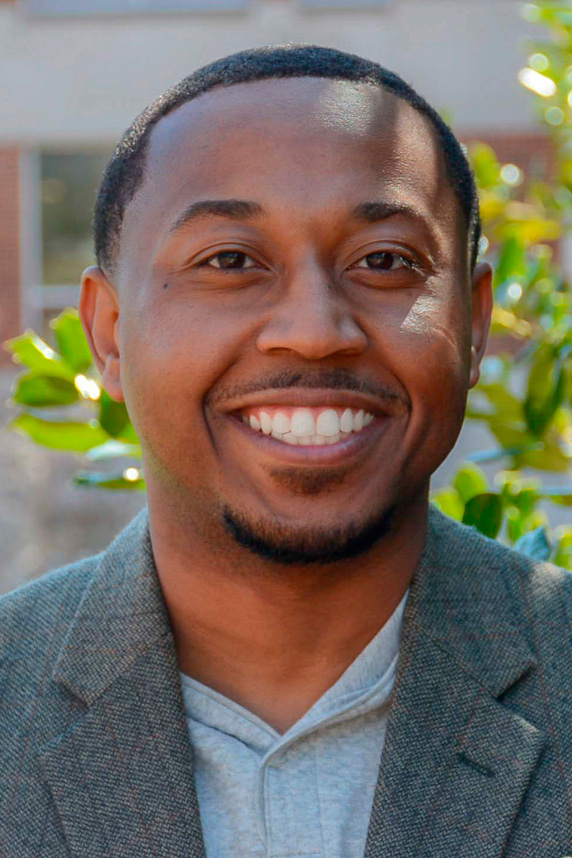 Hendricks combines environmental justice and disaster vulnerability factors to ensure low-income, communities of color accounted for in extreme event responses. (Photo courtesy of Marccus Hendricks)
Hendricks combines environmental justice and disaster vulnerability factors to ensure low-income, communities of color accounted for in extreme event responses. (Photo courtesy of Marccus Hendricks)Hendricks spoke at the Inaugural Symposium of the NIEHS Disaster Research Response (DR2) Environmental Health Sciences Network. The meetings, held over four sessions from January to March (see sidebar), examined environmental health dimensions of the COVID-19 crisis. More than 100 scientists are part of the network, including those from NIEHS-funded research centers. DR2 launched the network in December 2019 to advance timely research in response to disasters.
Through the symposium’s wide-ranging talks, experts from academic programs around the country shared how lessons learned from previous disasters helped craft responses to the current pandemic.
Environment shapes health
The COVID-19 pandemic cut U.S. life expectancy by one year, but by nearly three years for Blacks. Texas A&M University’s Benika Dixon, Dr.P.H., linked this disparity to factors such as economic stability, access to healthcare and education, social structures, and the environment.
For example, an estimated 71% of Blacks live in counties that violate federal air pollution standards. People with COVID-19 who are exposed to high levels of PM2.5, or fine particulate matter, are more likely to die from the disease.
What can researchers do to address these health disparities? “We can collect data; tell our [Black communities’] stories; dispel misinformation; work with community partners; and link people to testing, care, and vaccines,” Dixon said.
Knowledge is power
Sharon Croisant, Ph.D., from the University of Texas Medical Branch, explained that in a year dominated by COVID-19, her home state has also dealt with record heat and extreme pollution. And most recently, a brutal winter storm that left millions without power and water. “But the biggest casualty has been the erosion of trust and faith in the systems on which we depend,” she said.
Croisant partnered with Rice University to publicize their COVID-19 registry, which captures the impact on people in Texas, based on a similar effort for Hurricane Harvey. The registry has helped support policy decisions and direct resources where they are needed most.
She also developed a series of well-attended webinars that covered mental health, vaccines, and education — topics requested by community organizations. “It drove home how hungry people were for accurate information and access to scientists,” said Croisant.
Be prepared
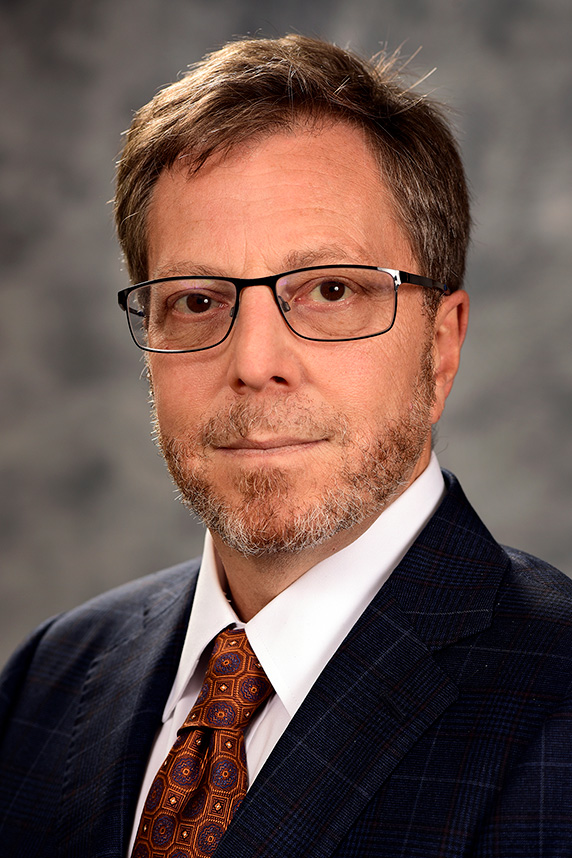 “It’s clear how valuable the NIEHS DR2 Program is, both for studying important environmental issues facing our vulnerable communities and for pitching in to provide support to [them] when disaster strikes,” Miller said. (Photo courtesy of Steve McCaw / NIEHS)
“It’s clear how valuable the NIEHS DR2 Program is, both for studying important environmental issues facing our vulnerable communities and for pitching in to provide support to [them] when disaster strikes,” Miller said. (Photo courtesy of Steve McCaw / NIEHS)NIEHS DR2 Program Director Aubrey Miller, M.D., asked how the field could strengthen its capacity to collect and deliver vital environmental health science in true partnership with communities affected by disasters.
Johnnye Lewis, Ph.D., from the University of New Mexico, suggested that researchers develop a core set of educational materials, in multiple languages and formats, that can be deployed each time disaster strikes.
“We know we are going to have floods, infectious diseases, and fires,” she said. “Having these resources available ahead of time would be incredibly valuable.” According to Lewis, the public service announcements her group developed during Hurricane Katrina have been downloaded every time there is a flood anywhere in the world.
Disaster fatigue is real
For many researchers and members of the public, the COVID-19 pandemic has been the longest-lasting disaster ever experienced.
“In disaster science, we often talk about disaster fatigue, the idea that we want to move on and forget,” said Nicole Errett, Ph.D., from the University of Washington. “But we need to make sure that we continue to invest in this important work so that we can uncover the issues that our communities are facing and make evidence-based decisions about how to address them.”
Citations:
Andrasfay T, Goldman N. 2020. Reductions in 2020 US life expectancy due to COVID-19 and the disproportionate impact on the Black and Latino populations. Proc Natl Acad Sci U S A 118(5):e2014746118.
Wu X, Nethery RC, Sabath MB, Braun D, Dominici F. 2020. Air pollution and COVID-19 mortality in the United States: strengths and limitations of an ecological regression analysis. Sci Adv 6(45):eabd4049.
(Marla Broadfoot, Ph.D., is a contract writer for the NIEHS Office of Communications and Public Liaison.)





